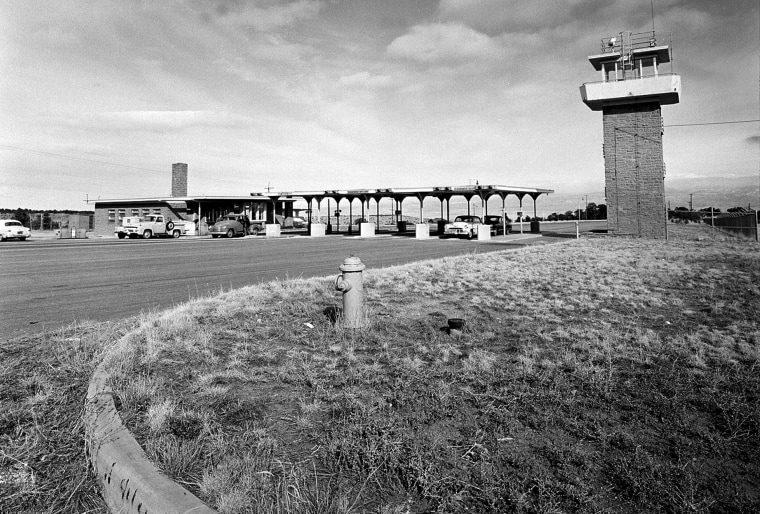The efforts during World War II to develop an atomic bomb were once shrouded in secrecy, but today, the story of the so-called Manhattan Project isn't just public — you can now visit the project on your smartphone.
A new app called "Los Alamos: Secret City of the Manhattan Project" takes users back to New Mexico in the 1940s, to the facilities where scientists, government administrators and the U.S. military convened to create the most devastating weapons known to humankind.
"The new app provides a virtual tour of a Manhattan Project property that no longer exists," Jennifer Payne, leader of the Resource Management Team at Los Alamos' Environmental Stewardship Group, said in a statement.
Read More: President Obama's Visit to Hiroshima Stirs Mixed Emotions
Research for the Manhattan Project took place at multiple sites, but work at Los Alamos was largely responsible for building the first atomic bombs, using uranium and plutonium. This research resulted in the "Trinity device," which was detonated 220 miles south of the Los Alamos facilities, at the Trinity test site, and eventually the "Little Boy" and "Fat Man" nuclear bombs that were dropped on Hiroshima and Nagasaki in 1945, near the end of World War II.
The app allows users to move about the black-and-white film-noir grounds of facilities that have since been dismantled or simply aren't open to the public, encountering information on the science, people and history of the project. There are 137 "bread crumbs" to find with historical facts, photographs and documents, according to Travis Burkett, who led the development team for the app.
As users explore the map and the site's history, their "security clearance" is upgraded, opening up more places to visit. The experience culminates in a trip to the Trinity site and the test detonation that occurred on July 16, 1945.
"[The Manhattan Project] is really the reason why Los Alamos exists," said Burkett, who lives in a Los Alamos house built by the government. He notes that the game includes information about the town and people and not just the bombs, plus an augmented reality feature for visitors to the Los Alamos site of the Manhattan Project National Historical Park.
Read More: City of Ashes: Hiroshima After the Bombing
Burkett's team previously mapped facilities at Los Alamos so that firefighters without security clearance can learn the layouts of the buildings there without administrators having to shut down activities for tours.
The app was produced by Los Alamos National Laboratoryand the Bradbury Science Museum. It is currently available on iOSand is free to download and play.
"We hope everyone will use it," Burkett said. "We hope even the older generation will give it a shot."
This is a version of an article that originally appeared on LiveScience. Read the full story here.
